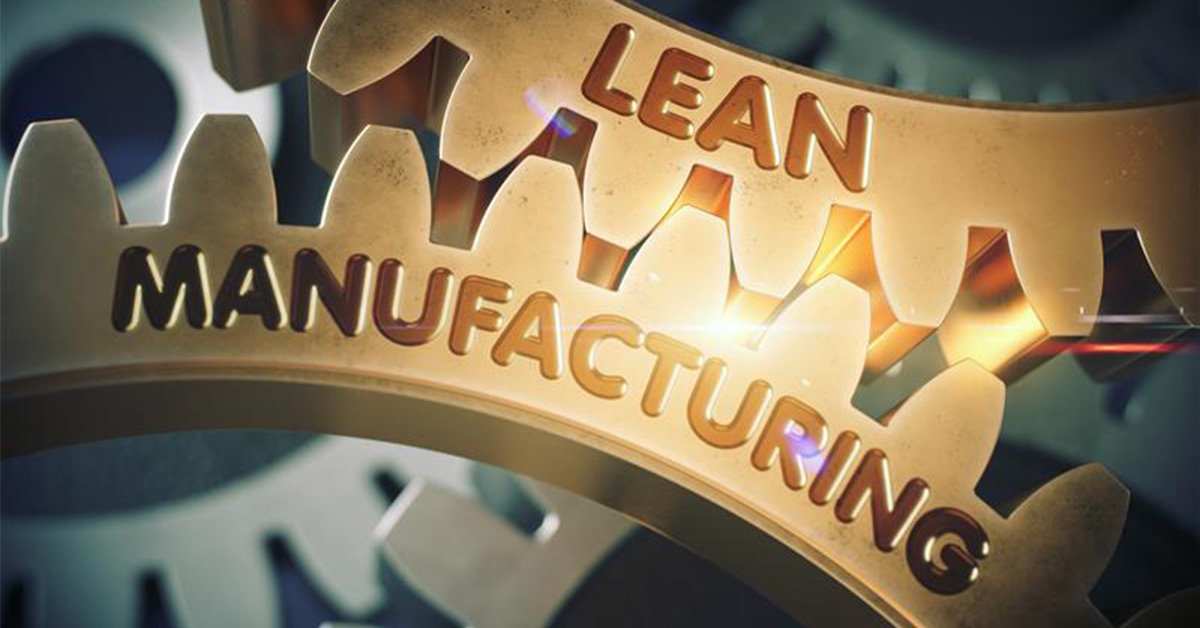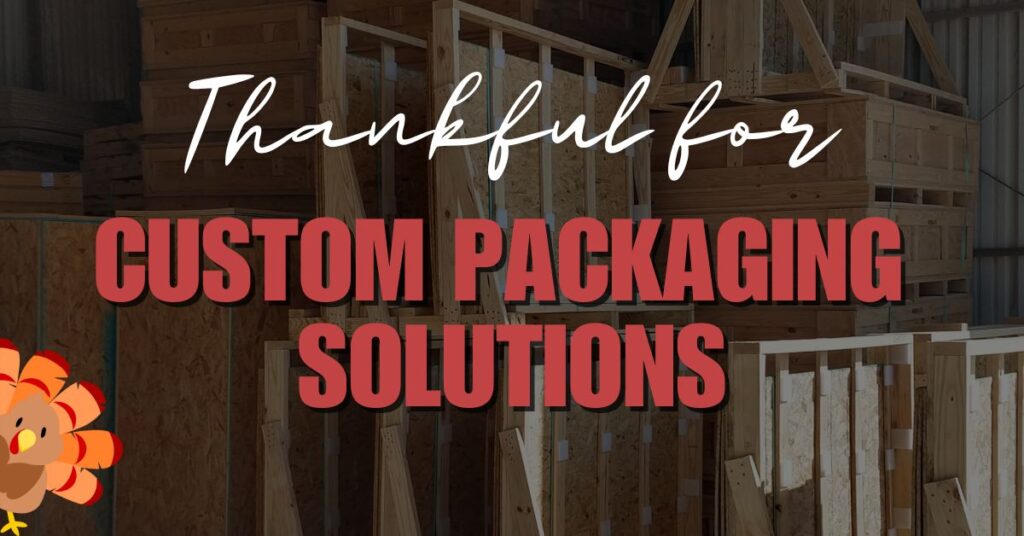
How Lean Manufacturing Improves Quality
Maintaining high standards of quality and consistency is a major concern for many of those in the manufacturing space. For us, clients across industries rely on consistent, high-quality packaging, so even a minor defect or delay can have far-reaching consequences. This is especially true for those in the aerospace and defense sectors. To meet these demands, many manufacturers have adopted lean manufacturing principles, which streamline processes, reduce waste, and enhance quality.
In this article, we’ll dive into how lean manufacturing can improve quality and consistency in your product’s production and the specific lean practices that drive these benefits.
What is Lean Manufacturing?
The basic principle of lean manufacturing is to focus on maximizing value while minimizing waste. This was originally developed by Toyota after World War II, taking inspiration from Ford’s production flow to create the Toyota Production System. They were aiming to reduce costs, improve quality, and speed up the whole process to meet the new demand from customers. Toyota says, “The Toyota Production System has long been recognized as a way to eliminate waste and achieve high efficiency. However, its essence is to make work easier and less burdensome for workers, with a focus on creating meaningful work.”
Today, lean manufacturing is very much still alive, and the goal is to produce high-quality products efficiently by eliminating processes and activities that don’t add value. In the packaging industry, this means improving production methods to ensure every package meets the highest quality standards. In this article, we will discuss how lean manufacturing can improve quality and consistency in production and which specific lean processes make an impact.
Key Ways Lean Manufacturing Enhances Quality and Consistency
1. Minimize Issues with Standardization
One of the main principles of lean manufacturing is standardization. By establishing process and procedures that are always uniform, it will help to reduce variability and the potential for errors. In manufacturing, standardization might mean implementing specific protocols for each stage of the production process. Having consistent workflows ensures that every product meets consistent quality standards, reducing the possibility of flaws or defects.
2. Improving Process Flow with Just-in-Time Production
Just-in-Time (JIT) is a lean manufacturing principle that promotes producing only what you need when you need it. This approach is a way to minimize waste and streamline your production flow for greater efficiency. This strategy can reduce the chances of delays and bottlenecks, allowing for a smoother operation and less room for errors. In manufacturing, efficient process flows allow for businesses to achieve consistent quality across each run.
3. Encourage Employee Engagement
Encouraging employee engagement is a great way to get quality improvement organically. By empowering employees to identify and report quality issues on the spot, it will help to create a culture of continuous improvement and allow you to catch problems quickly. Those working directly on the production line are more likely to catch small issues that may become larger in the future, that often go unseen by management. They are more likely to become more invested in maintaining high-quality products.
4. Continuous Quality Improvement
Innovation is another important facet of lean manufacturing. It encourages employees to take engagement one step further and suggest small, incremental improvements to processes. In manufacturing, you can use this tool by creating incentives for employees to write in their suggestions. Whether it has a safety or efficiency purpose, it is always good to get an employee’s point of view on your processes. This can lead to better material handling, safer machine setups, and more consistent quality checks. These may seem like small adjustments but overtime these small changes can make a big difference to your bottom line.
5. Waste Reduction 🤝 Better Resource Allocation
Waste in manufacturing often exceeds just material waste. It often includes time, labor, and effort that does not add value to the final product. Lean manufacturing aims to eliminate this type of waste. When resources are better allocated, more attention can be directed toward quality control and consistency.
At Conner, we use a total cost approach to prevent waste. This means that we aim to find our customer’s “sweet spot” with packaging, so that you have the best product protection while using as little materials as possible. Our team of expert designers learn every step of the process, so that we have an in-depth view of what your supply chain needs are. This is to ensure that the right resources focus on the most critical areas and ultimately lead to better quality outcomes.
Key Takeaways
Adopting lean manufacturing techniques is a powerful strategy for improving quality, consistency, and efficiency within your supply chain. By reducing variability, enhancing process control, and involving employees in continuous improvement, lean manufacturing enables packaging companies to produce reliable, high-quality products that meet customer expectations. With an ongoing commitment to lean practices, the manufacturing industry can continue to raise the bar on quality, one improvement at a time.
Conner wants to help you achieve the most efficient supply chain by providing the best packaging solution available. We are committed to helping our customers with any challenge they may be facing. We know that lowering production and material costs are always a priority. We take all of this into account with our consultative approach. Check out how we can help you today!



![[PRESS RELEASE] Conner Industries Expands Integrated Packaging Division with Acquisition of Kirkland Sales Inc.](https://connerpackaging.b-cdn.net/wp-content/uploads/2024/05/Foam-Page-Featured-500x383.jpg)







